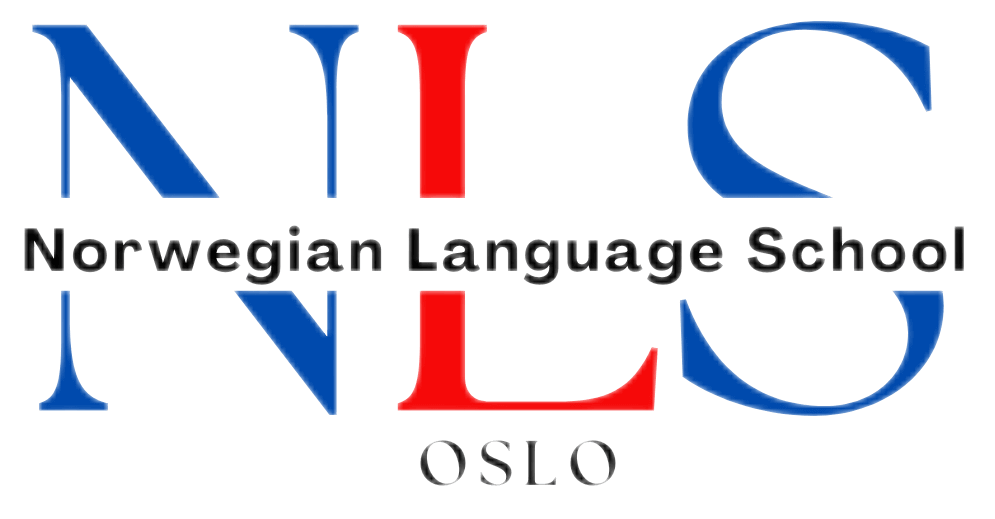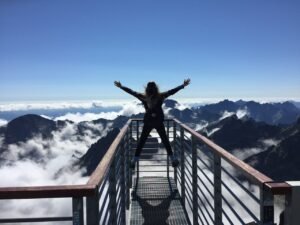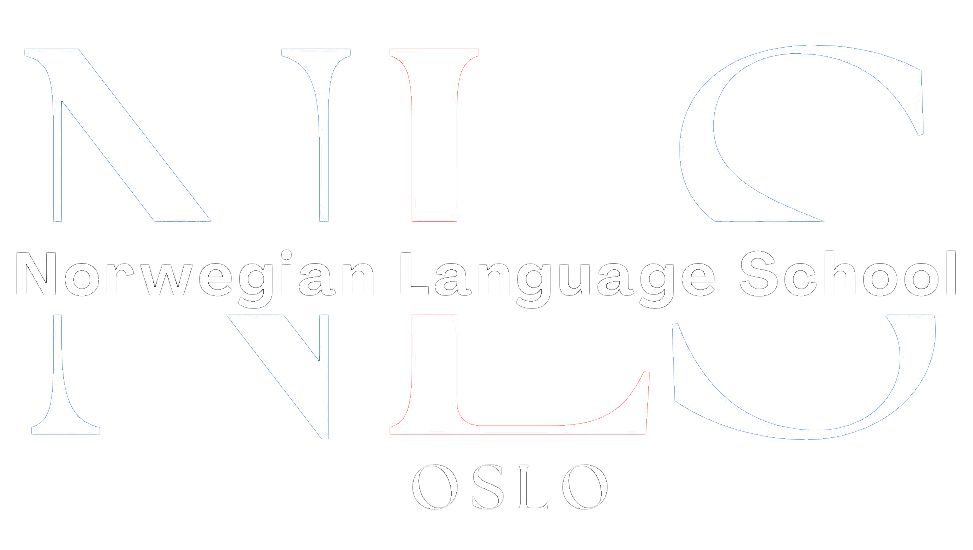
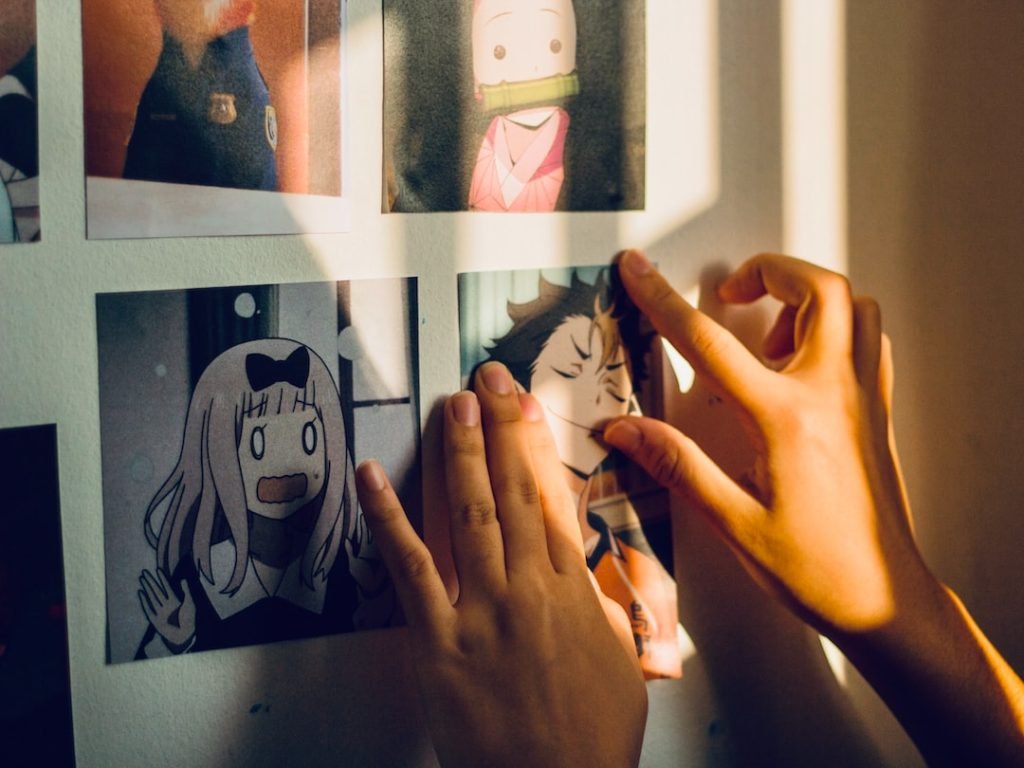
Norwegian Vocabulary for the World of Animation and Comics
Learning Norwegian vocabulary for animation and comics can greatly enhance the storytelling and character development in these mediums. By incorporating Norwegian words and phrases into your work, you can add depth and authenticity to your characters and settings. Whether you are a professional animator or comic artist, or simply a fan of these art forms, learning Norwegian vocabulary can take your work to the next level.
Table of Contents
ToggleBasic Norwegian Vocabulary for Character Description
When describing characters in animation and comics, it is important to have a wide range of vocabulary at your disposal. In Norwegian, there are many adjectives and nouns that can be used to describe physical appearance and personality traits. For example, to describe someone’s physical appearance, you might use words like “høy” (tall), “kort” (short), “slank” (slim), or “rund” (round). To describe personality traits, you might use words like “snill” (kind), “modig” (brave), “sjenert” (shy), or “utadvendt” (outgoing).
Norwegian Vocabulary for Action Scenes in Comics and Animation
Action scenes are a crucial part of animation and comics, and having the right vocabulary to describe these scenes is essential. In Norwegian, there are many verbs and adjectives that can be used to convey action and movement. For example, to describe someone running, you might use words like “løpe” (run), “sprinte” (sprint), or “haste” (hurry). To describe someone jumping, you might use words like “hoppe” (jump), “sprette” (bounce), or “stup” (dive). Additionally, there are many adjectives that can be used to describe the intensity or speed of an action, such as “rask” (fast), “hurtig” (quick), or “eksplosiv” (explosive).
Norwegian Vocabulary for Expressions and Emotions in Comics and Animation
Expressions and emotions play a crucial role in animation and comics, as they help to convey the thoughts and feelings of the characters. In Norwegian, there are many adjectives and adverbs that can be used to express emotions and feelings. For example, to describe someone who is happy, you might use words like “glad” (happy), “lykkelig” (joyful), or “fornøyd” (satisfied). To describe someone who is sad, you might use words like “trist” (sad), “lei seg” (upset), or “deprimert” (depressed). Additionally, there are many adverbs that can be used to describe how someone is feeling, such as “veldig” (very), “litt” (a little), or “svært” (extremely).
Norwegian Vocabulary for Sound Effects in Comics and Animation
Sound effects are an important part of animation and comics, as they help to create a sense of immersion and bring the story to life. In Norwegian, there are many onomatopoeic words that can be used to describe sound effects. For example, to describe the sound of a door closing, you might use words like “knirk” (creak), “slamre” (slam), or “smelle” (bang). To describe the sound of footsteps, you might use words like “tripp-trapp” (tip-toe), “tramp-tramp” (stomp), or “skratte-skratte” (shuffle). Additionally, there are many words that can be used to describe other types of sounds, such as “brøl” (roar), “pip” (beep), or “knas” (crunch).
Advanced Norwegian Vocabulary for Dialogue in Comics and Animation
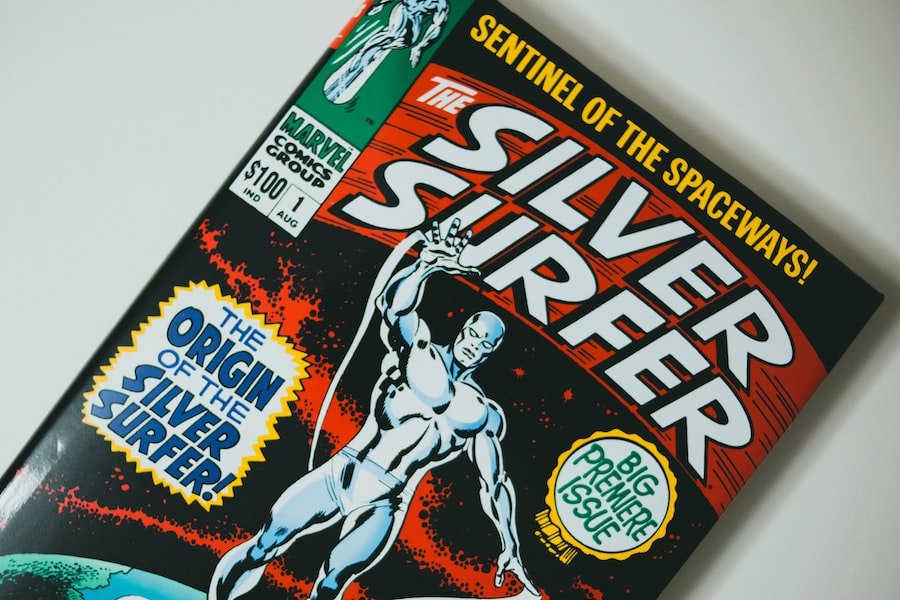
Dialogue is a crucial part of animation and comics, as it helps to develop the characters and advance the plot. In Norwegian, there are many idioms and expressions that can be used to add depth and authenticity to the dialogue. For example, instead of saying “hello,” you might use the Norwegian phrase “hei” or “hallo.” Instead of saying “thank you,” you might use the Norwegian phrase “takk” or “tusen takk.” Additionally, there are many idioms and expressions that can be used to convey specific emotions or situations, such as “det går bra” (it’s okay), “jeg er lei meg” (I’m sorry), or “lykke til” (good luck).
Norwegian Vocabulary for Background and Setting in Comics and Animation
The background and setting are important elements in animation and comics, as they help to create a sense of place and atmosphere. In Norwegian, there are many nouns and adjectives that can be used to describe settings and environments. For example, to describe a forest, you might use words like “skog” (forest), “løvskog” (deciduous forest), or “barskog” (coniferous forest). To describe a city, you might use words like “by” (city), “storby” (metropolis), or “landsby” (village). Additionally, there are many adjectives that can be used to describe the mood or atmosphere of a setting, such as “mørk” (dark), “lys” (light), or “mystisk” (mysterious).
Norwegian Vocabulary for Storytelling in Comics and Animation
Storytelling is at the heart of animation and comics, and having the right vocabulary to tell a compelling story is essential. In Norwegian, there are many verbs and adjectives that can be used to convey storytelling and plot development. For example, to describe a character’s journey, you might use words like “reise” (travel), “eventyr” (adventure), or “oppdagelse” (discovery). To describe a conflict or obstacle, you might use words like “konflikt” (conflict), “utfordring” (challenge), or “hindring” (obstacle). Additionally, there are many adjectives that can be used to describe the tone or mood of a story, such as “spennende” (exciting), “skummel” (scary), or “morsom” (funny).
Tips for Learning Norwegian Vocabulary for Animation and Comics
Learning Norwegian vocabulary for animation and comics can be a fun and rewarding experience. Here are some tips and tricks to help you effectively learn and retain new words:
1. Practice regularly: Set aside dedicated time each day to practice your Norwegian vocabulary. Consistency is key when it comes to language learning.
2. Use flashcards: Create flashcards with Norwegian words and their English translations. Review them regularly to reinforce your memory.
3. Watch Norwegian movies and TV shows: Immersing yourself in the language through media can help you pick up new vocabulary and improve your listening skills.
4. Read Norwegian books and comics: Reading in Norwegian can expose you to new words and phrases, as well as help you understand sentence structure and grammar.
5. Find a language exchange partner: Connect with a native Norwegian speaker who is interested in animation or comics. You can practice speaking and writing in Norwegian while also learning about the culture.
6. Use online resources: There are many websites, apps, and online courses available that can help you learn Norwegian vocabulary specifically for animation and comics.
Norwegian Classes and Language Schools for Learning Animation and Comics Vocabulary in Norwegian
If you are looking for a more structured approach to learning Norwegian vocabulary for animation and comics, there are several language schools and classes that specialize in teaching this specific vocabulary. These classes and schools often offer tailored lessons and resources to help you learn the vocabulary and techniques used in animation and comics. To enroll in these classes and schools, you can visit their websites or contact them directly for more information. Some popular options include the Norwegian School of Animation and Comics, the Oslo School of Animation, and the Bergen School of Comics.
If you’re interested in expanding your Norwegian vocabulary for the world of animation and comics, you may also find this article on “Learning Norwegian through Movies: Vocabulary for Film Buffs” helpful. It explores how watching movies can be a fun and effective way to learn Norwegian, especially for those who are passionate about the film industry. From understanding film terminology to picking up common phrases used in movies, this article provides valuable insights and resources for language learners. Check it out here.
FAQs
What is the article about?
The article is about Norwegian vocabulary that is commonly used in the world of animation and comics.
Why is it important to learn Norwegian vocabulary for animation and comics?
Learning Norwegian vocabulary for animation and comics can help individuals better understand and appreciate Norwegian animation and comics, as well as communicate more effectively with Norwegian speakers in the industry.
What are some common Norwegian words used in animation and comics?
Some common Norwegian words used in animation and comics include “tegneserie” (comic), “animasjon” (animation), “figur” (character), “boble” (speech bubble), and “ramme” (panel).
Are there any specific Norwegian phrases or expressions used in animation and comics?
Yes, there are specific Norwegian phrases and expressions used in animation and comics, such as “lykke til!” (good luck!), “takk for meg” (thanks for having me), and “til neste gang” (until next time).
Can learning Norwegian vocabulary for animation and comics help with learning the Norwegian language overall?
Yes, learning Norwegian vocabulary for animation and comics can help with learning the Norwegian language overall, as it provides a specific context and application for the language. However, it should not be relied upon as the sole method of language learning.
If you need help preparing for the Norwegian Test and want to learn more Norwegian, you can register for classes here. We look forward to hearing from you and helping you become fluent in Norwegian!
Refer a friend and get $150. Join the program here

Norwegian A1-A2
Course Overview The Norwegian A1-A2 course is an online program focused on teaching essential Norwegian grammar and vocabulary. It includes a variety of materials and topics, with opportunities to interact with a Norwegian teacher entirely online. Curriculum Highlights The course covers key areas such as grammar and vocabulary and topics such as family, daily life, education, work, traditions, and leisure activities. Who Should Enroll? This course is perfect for beginners or those at the A1 or A2 levels who want to improve their Norwegian skills. What You Get Access to the full Norwegian A1-A2 course. A monthly 1-hour online conversation with a teacher. Many written and oral assignments. Comprehensive information on Norwegian grammar, Norwegian vocabulary and how to use them, important sentence structures, etc. Tips on additional resources to further enhance your Norwegian learning.
0 students enrolled
Last updated Dec 10th, 2024
If you want to learn Norwegian, you can register for classes here. We look forward to hearing from you and helping you become fluent in Norwegian.
